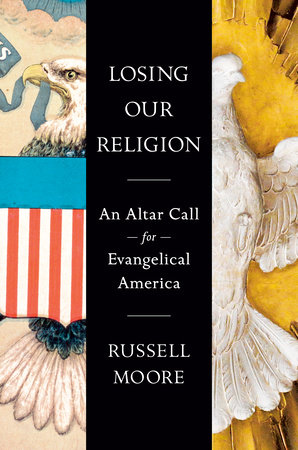A few years ago a pastor contacted me about a man in his church who took “boudoir” photos—intimate, lingerie catalog-like imagery—for married couples. The man said that the business was a service to help married couples, including those in the church, to recover intimacy and romance in their relationships, and insisted his pictures were not in any way pornographic. The elders were uncomfortable with this, but weren’t sure how to proceed.
I thought about this church when I read the recent article in Christianity Today by Maureen Garcia that argues for a positive, Christian use of boudoir photography for women and couples. I disagree, and here’s why.
Let me say, first of all, that I have much more sympathy for Garcia’s particular argument than most others on this topic. She is not primarily seeking to help married couples to “spice up” their sex lives but to help women in need of recovering a positive sense of self-worth. She admits this sort of photography obviously resembles pornography, but argues that the emotional and psychological benefits for women outweigh the dangers. “As someone who has experienced sexual violation,” she writes, “I believe these sessions could help heal and empower women who have been mistreated or abused.”
First of all, I affirm and celebrate the need for the church to think through the healing and empowerment of women who have experienced abuse. The wickedness of abuse often means that victims spend years, sometimes even a lifetime, battling shame and intimidation. Sexual abuse isn’t merely a one-tie act of violation; it’s an assault on the entire person, body and psyche, in ways that are satanic. I just don’t think bedroom photography is the way to address these real needs.
This sort of photography virtually always requires the presence of another person, one who isn’t bound by the marriage covenant that is to precede intimacy. This celebration of erotic love and sexuality is by definition done outside of the marital structure God has designed. In the case of the pastor who contacted me, the photography involved a man who was, in a very real sense, participating in a domain reserved for husbands. The purpose of the photographs is to initiate the spark of erotic desire and the presence of a non-covenanted person in the process is contrary to marriage’s purpose.
Beyond that, I take issue with the idea that this sort of erotic photograph is empowering. Of course it feels this way. A woman who is grappling with shame and loss of self-worth can start to see herself as sexy and attractive. But isn’t this importing a fallen understanding of a woman’s worth, one that doesn’t counteract an abuse culture but in many ways undergirds it?
For all our culture’s supposed feminism, the message constantly bombarding women is that their worth is found in their sexual attractiveness and availability to men. This is true not only in the scourge of pornography, but also in virtually every aspect of life. Look at the way women are expected to meet culturally-defined male standards of beauty in everything from advertisements to television news anchors. Is it any wonder that eating disorders are rampant, and that it seems that aging for women in our culture is fraught with even more anxiety than it is for men?
The way to combat the effects of sexual exploitation by men is not to fight fire with fire. The way to combat the effects of sexual exploitation by men is to re-narrate what a woman’s worth and value is about, from the point of view of God in Christ. The Apostle Peter stood against the pagan patriarchy of the Roman Empire by calling Christian women to find their worth not in external attractiveness but in “the hidden person of the heart with the imperishable beauty of a gentle and quiet spirit, which in God’s sight is very precious” (1 Pet. 3:3-4).
The way we create safety for vulnerable women, I believe, is to work to subvert the entire idea of a woman’s beauty and worth before God—and with it the ways we make a woman’s “sexiness” to men into an idol. That work of bearing one another’s burdens means congregations that are able to love and to patiently minister in the aftermath of horrific experiences. Bedroom photography, in my view, doesn’t help us in this.








